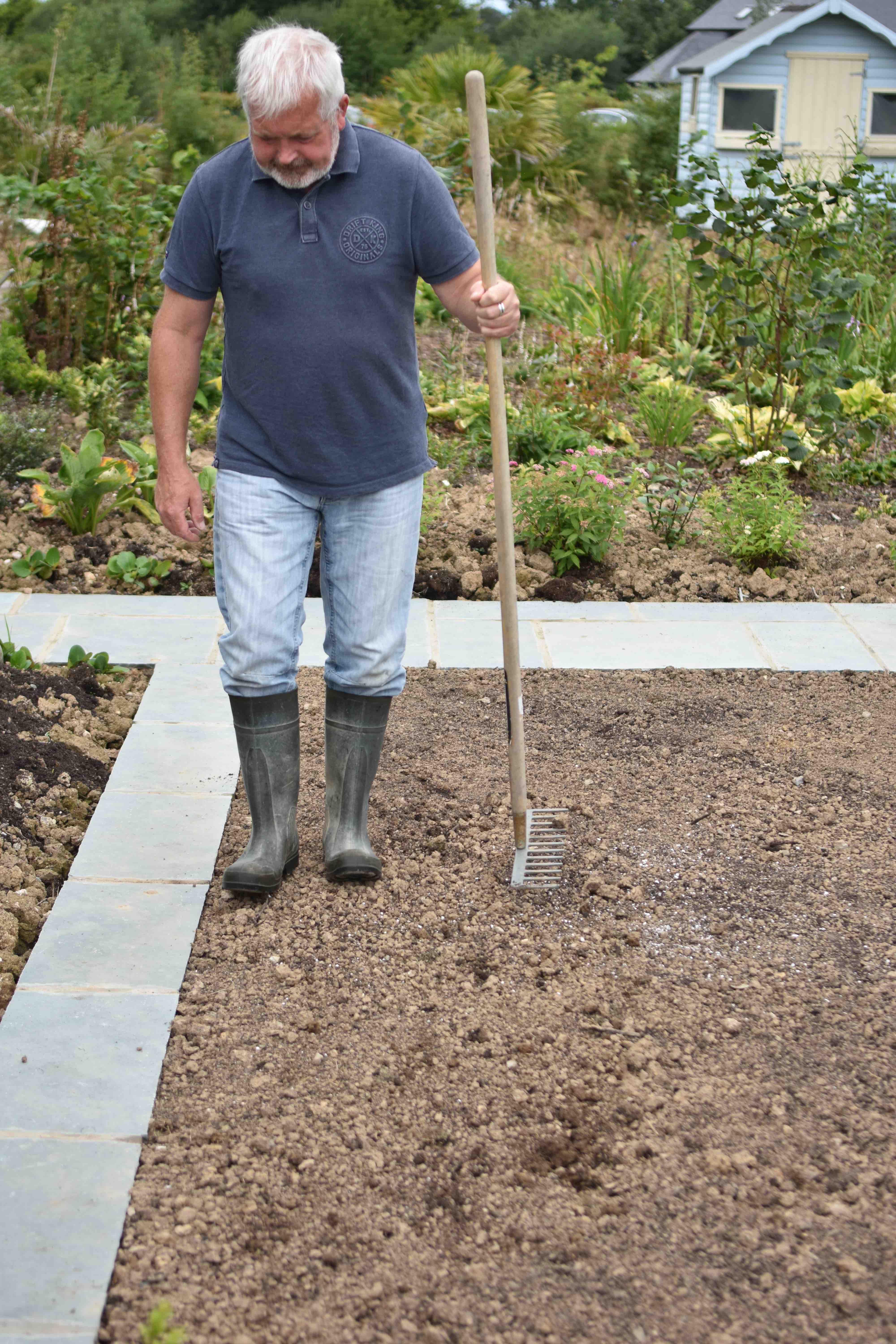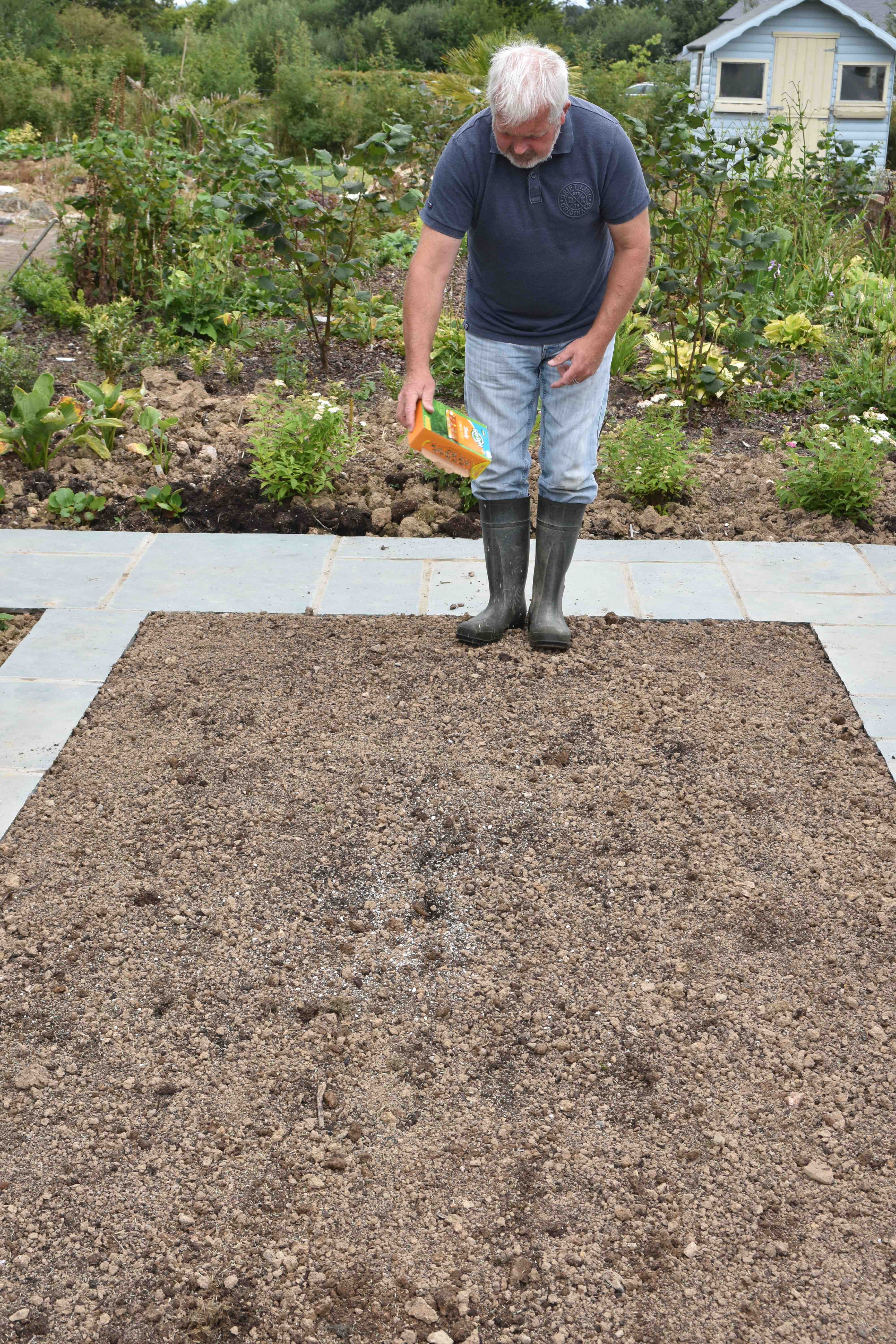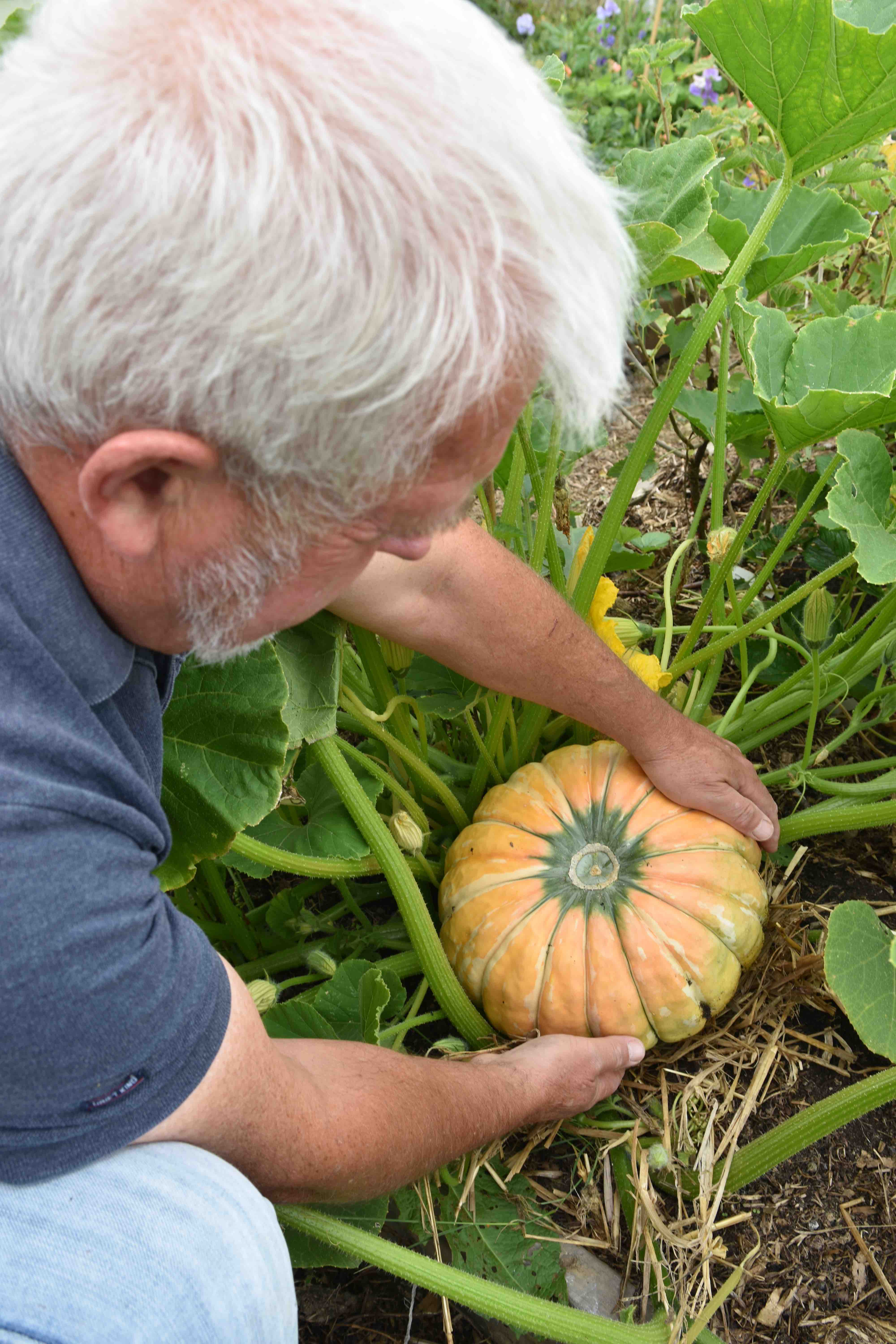A little work in autumn works wonders when it comes to a healthy green lawn.
Lawns are rather contentious these days. When I started gardening it was perfectly acceptable to spray chemicals against weeds and to spend Sundays devoted to maintaining immaculate turf. Thoughts today often recommend leaving lawns long for wildlife and pollinators. It sometimes seems that having a neat lawn is as environmentally irresponsible as taking a jet to get your shopping.
But I see no problem in having a lawn and keeping it tidy. Grass is a plant and it absorbs carbon dioxide and releases oxygen as it grows. You can always leave a piece, that is not walked on, long for wildlife. Water permeates through the soil, unlike some paving and tarmac. And a lawn will get the kids outside and playing. Although a lawn may not be the best part of your garden for biodiversity, there is no need to feel guilty about having one.
Autumn is a good time to prepare your lawn for winter. You can scarify the lawn with a lawn rake to remove moss and ‘thatch’ (dead grass) and apply an autumn lawn food. Unlike summer feeds, autumn lawn feeds are low in nitrogen, so they do not stimulate foliage growth, and high in nutrients that promote root growth and hardiness. You do not have to apply a weedkiller unless clover and buttercups offend you.
I have both in my lawns and I have left them, for now at least. They tend to blend in with the turf but the rosettes of dandelions and plantains are an issue. You can either dig them out or spray them individually with a ready-to use lawn weedkiller. Never use glyphosate-based weedkillers on a lawn – they kill everything! The main problem with clover and buttercups in lawns is that they creep into the flower beds. But, with weekly mowing, the clover is in bloom for a few days each week and keeps the bees happy. The only problem is having to keep stopping to let the bees fly off!
This is also the ideal time to start a new lawn. If growing from seed, spring and early autumn are the best times. Growing from turf is more expensive, and harder work, but the results are quicker. Seed allows you to choose the kind of grass you have. I have just sown a new lawn.

Whatever you use, it is vital to prepare the soil well. Get rid of all perennial weeds. Dig over the soil and don’t go burying rubble in the soil. Remove any timber too, which will rot and feed toadstools. If the soil is heavy you can add some organic matter and grit but masses of organic matter will encourage worms, which are not really wanted in a lawn. After digging, rake and tread several times so it is perfectly level and evenly firmed.
Then you can sow (or lay turf). Most seeds are treated to prevent birds gobbling them up but it may be worth covering the area with netting to keep cats from scrabbling till the seeds have grown – my cat is very well behaved – and no she doesn’t go next door *! Whether seeds or turf, it is essential to prevent it from drying out so watering will be essential in dry weather.

Then, like me, you just have to wait for the seeds to grow!
Jobs for the week

To keep squash growing evenly and prevent damage from rot, carefully raise the fruits and put a tile or straw under them
Check sweetcorn for ripeness. Pull back the leafy covering and push your fingernail into a kernel. If the juice is milky they are ready to pick.
Take cuttings of penstemon, fuchsias and pelargoniums
Sow parsley for spring crops next year when existing plants may run to seed.
Plant up pots for autumn and winter.
*
